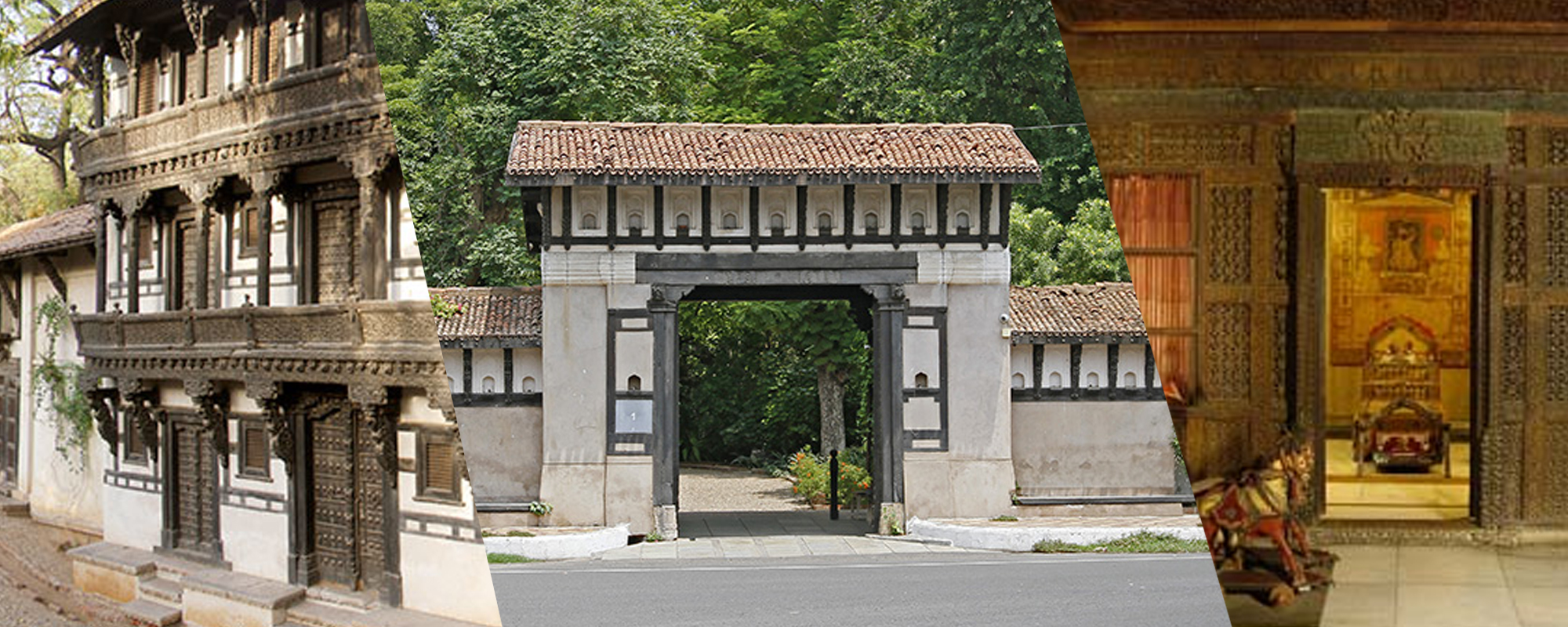
Take a walk through a one-of-a-kind-museum in Mumbai to gain an insight into the world of money and how it evolved in India. The RBI Monetary Museum in Mumbai is a must-visit place for all the numismatic enthusiasts and anyone keen on exploring the economic evolution of India.

Timing: 10:30 am to 5 pm (Monday and holidays closed)
Location: Ground Floor, Amar Building, Sir Phirozeshah Mehta Road, South Mumbai, Maharashtra
Entry Fees: Rs10 per head
Established in 2004 and inaugurated by the former President of India, Dr. A.P.J. Abdul Kalam, the RBI Monetary Museum in Mumbai is a one-of-a-kind museum dedicated to money and its aspects. Set up by the Reserve Bank of India, the most prestigious and significant financial institution in India, the Monetary Museum aims to reflect the growth of money in the Indian subcontinent, right from the ancient barter system to the modern days of plastic money.
An ideal place for people interested in numismatics or economic history, the RBI Monetary Museum has several galleries which display coins from various eras, paper money, and other monetary artifacts that are preserved to impart knowledge to the general mass. The coinage section in the museum comprises a huge assortment of 10,000 coins ranging from the 6th century BC to the present day whereas the advancement of paper money and financial instruments is illustrated with the help of currency notes, paper bonds, and certificates. The collection is made even more fascinating through a display of anecdotes, bank seals, and other monetary-related stuff. The museum is differentiated into five main sections:
1) Know Your Currency: The section gives information about how currency is managed in India and its evolution over the years, from the barter system to the current plastic money.
2) Paper Money: The section displays 19th century notes issued by private banks and other presidency banks. Moreover, notes issued by the Government of India under Paper Currency Act 1861 and the Reserve Bank of India are also on display with different kinds of designs.
3) Idea, Concept, and Curiosities: This particular section explains how money has evolved and transformed over time with currencies of various shapes, sizes, colors, and metals.
4) Coinage: From the antique punch-marked coins to the ones dating back to the 6th century BC, the coinage section represents the hints of all these coins. The coins on display are from the ancient era, the medieval era, the Indo-European Companies and Commemorative coins of the Republic India.
5) From Coins to Paper Money: This section exhibits a variety of financial instruments like promissory notes, cheques, and bills of exchange used in financial transactions.
The museum also houses some special kiosks which offer information and a better understanding of the exhibits and about currencies in a fun and exciting way. A souvenir shop is also housed on the premises of the RBI Monetary Museum where the visitors can buy posters on currency and coins, greeting cards, and postcards to keep with them as memorabilia.
Copyright 2012-2022 Indiamap Digital Pvt Ltd. All rights reserved. Privacy Policy | Terms of Use